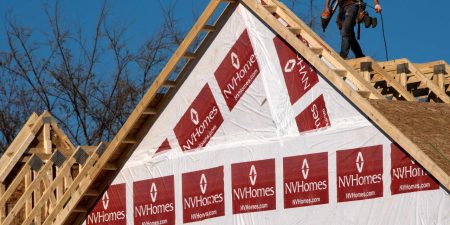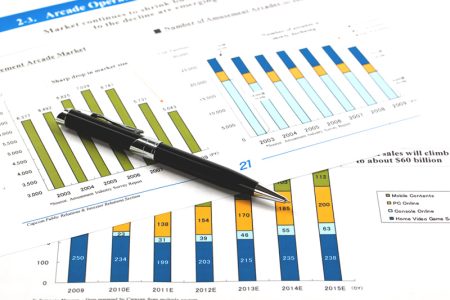By Prerana Bhat
BENGALURU (Reuters) – A short U.S. housing market correction is now over, according to property analysts polled by Reuters who have wiped out forecasts for a price fall this calendar year but also look for stagnation in 2024 despite expectations for interest rate cuts.
After the Federal Reserve rapidly raised the federal funds rate from near-zero to a range of 5.25-5.50% since March 2022, mortgage rates are at their highest and applications at their lowest in over two decades.
But demand for housing has held up, much like in the broader economy, which is now expected to skirt recession, meaning rates are likely to stay higher for longer.
After falling nearly 7% from a cycle high in June 2022 – well short of predictions made late last year for a 12% peak-to-trough fall – average house prices started rising again in February and are now only around 1% below their peak.
As a result, average house prices as measured by the S&P CoreLogic Case-Shiller composite index of 20 metropolitan areas are now forecast to end this year unchanged, according to 30 analysts polled by Reuters Aug. 15-30.
“While we expect house prices to lose some of their recent momentum, the worst of the correction appears to have passed and we don’t expect further sustained declines,” said Andrew Burrell, chief property economist at Capital Economics.
The latest 2023 median forecast compares with a near-3% fall predicted in a May poll, a 4.5% fall in March, and a 5.6% drop forecast in December last year, marking the third consecutive upgrade even as interest rates rose more than expected during that time.
Average house prices were forecast to stagnate in 2024 despite predictions for a rate cut by the middle of the year.
The 30-year fixed mortgage rate was expected to average 6.7% this year, the highest since 2001, and slip to 6.3% in 2024. Those were upgrades from 6.2% and 5.5% in the May poll.
Sharp (OTC:) rate rises over the past year have led many existing home owners who locked in cheap mortgages from a long period of near-zero rates to stay put. That has restricted available supply and with it, housing turnover.
Mortgage rates on offer from lenders may never again rival some of the rock-bottom post-financial crisis and pandemic-era deals, which in the U.S. have multi-decade maturities.
“Home sales volume is being held down by a lack of inventory for sale, which is due to would-be sellers not wanting to give up their low mortgage rate…It is real, and it is going to remain a real factor through 2024,” said Brad Hunter of consultancy Hunter Housing Economics.
Existing home sales, which comprise about 90% of total sales, are currently running at an annualized 4.07 million units, a six month-low.
They were forecast to average 4.17 million units in the second half of this year, lower than 4.27 million in the previous poll.
Despite a near 45% pandemic-era rise in house prices and the market starting to climb again, respondents were equally split on what would happen to purchasing affordability for first-time homebuyers over the coming year. Fourteen of 28 said it would worsen and the rest said improve.
Rents, currently one of the main drivers keeping inflation above the Fed’s 2% target, were expected to fall over the rest of this year, according to 15 of 27 respondents to an additional question. The rest said rents would keep rising, including two who said significantly.
“We have already reached a trough for rent growth, and rents are now rising again on a month-over-month basis,” Hunter added.
(For other stories from the Reuters quarterly housing market polls:)
Read the full article here














